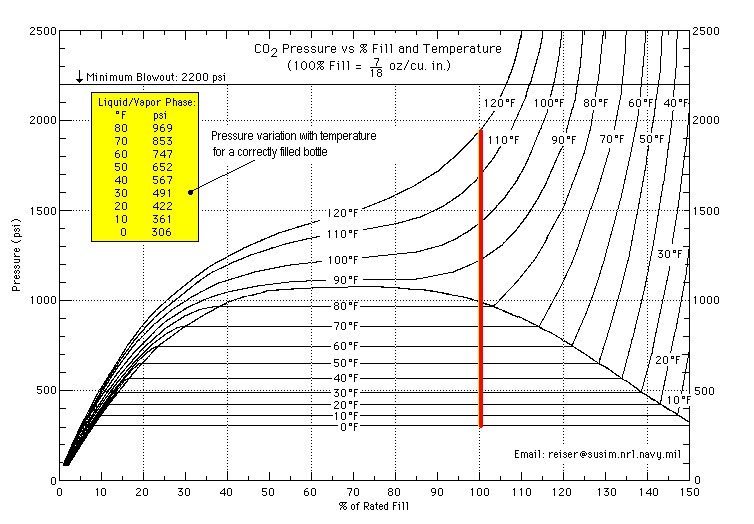other than weight, is there any way to tell when your tank is about to kick? I pretty much use my tank strictly for carbing up and pushing. Right now my gauge is in the red, so I went ahead and got bought me another tank. i do run 3 to 4 kegs off of my tank(splitter, which is also used to force carb(the set and forget method)) I am asking, more or less because I am noticing my dispensing is slowing down a bit, but my pressure is holding. I"m not sure if I should wait till I see a pressure drop, or not. So far it is still reading 14 psi, even during dispensing.
I believe the tank i have was an old co2 tank, so it does not have weight markings on it. so weighing it( if i had a scale that could) would be useless.
I believe the tank i have was an old co2 tank, so it does not have weight markings on it. so weighing it( if i had a scale that could) would be useless.





